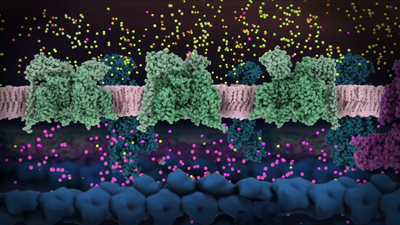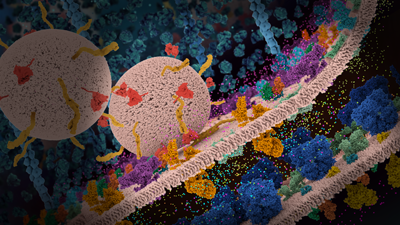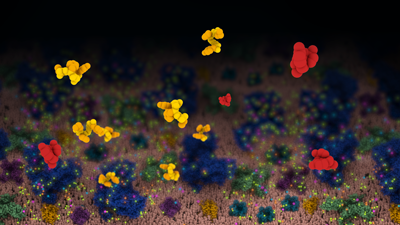Opioids and Pain Signaling
Pain is one of the most trying experiences of life. On the cellular level it is communicated via special neuronal pathways. On the molecular level, however, pain is communicated like any other sensation, via a set of electrical and chemical signals facilitated by complex molecular machinery. These signals can be modulated by opioids, causing us to feel less pain, or no pain at all. Learn how opioids activate the G-proteins which in turn interact with other proteins to edit the pain signal.
Video Guide
To access the individual sections, click on the link below and hit “Play” on the YouTube video. The video will start playing at the indicated time.
Related Downloads
Still images
Quick video previews
Action Potential
Synaptic Signaling
Opioids and G protein
Related Resources
- Browse Drugs and the Brain
- Browse Cellular Signaling






